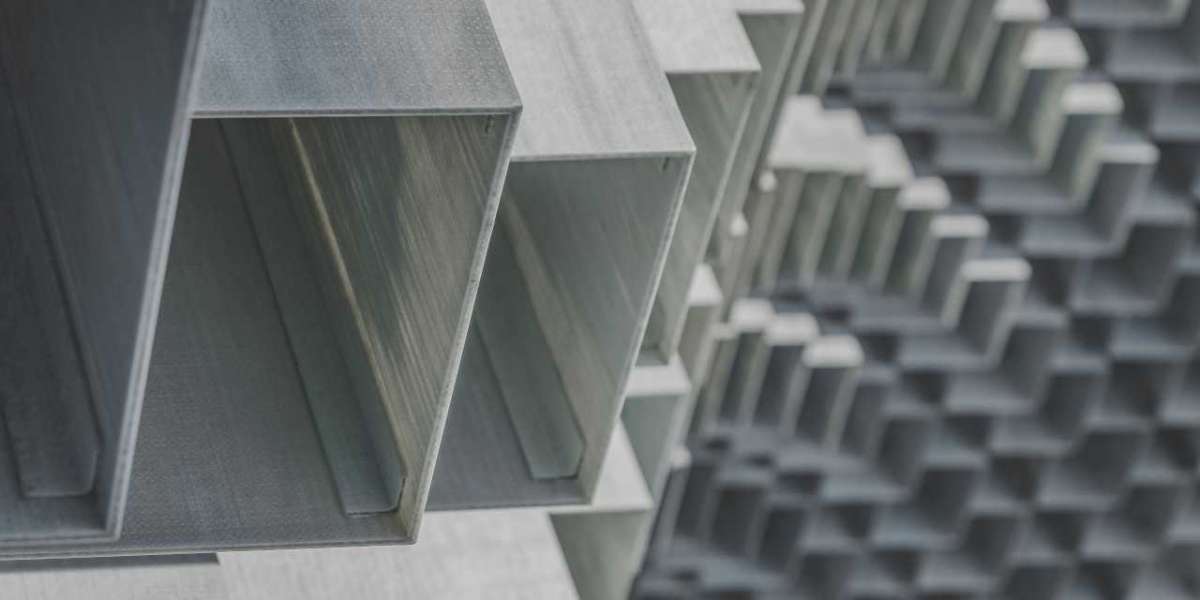In the rapidly evolving world of material handling, the electric stacker OEM industry is witnessing significant advancements. These innovations are not only enhancing operational efficiency but also contributing to sustainability. This article delves into the latest trends and technological breakthroughs shaping the future of electric stacker OEMs.
Technological Advancements in Electric Stacker OEM
The electric stacker OEM industry has seen remarkable technological progress. One of the most notable advancements is the integration of automation and robotics. Automated Guided Vehicles (AGVs) and autonomous stackers are becoming increasingly popular, reducing the need for manual labor and minimizing human error.
Moreover, the incorporation of IoT (Internet of Things) technology is revolutionizing the industry. IoT-enabled stackers can communicate with other devices, providing real-time data on performance, maintenance needs, and operational efficiency. This connectivity allows for predictive maintenance, reducing downtime and extending the lifespan of the equipment.
Energy Efficiency and Sustainability
As the world moves towards sustainable practices, the electric stacker OEM industry is no exception. Manufacturers are focusing on developing energy-efficient stackers that reduce carbon footprints. Lithium-ion batteries are replacing traditional lead-acid batteries, offering longer life cycles, faster charging times, and lower maintenance requirements.
“The shift to lithium-ion batteries is a game-changer for the electric stacker OEM industry, providing both environmental and economic benefits.”
Additionally, regenerative braking systems are being implemented to capture and reuse energy, further enhancing efficiency. These innovations not only contribute to sustainability but also result in cost savings for businesses.
Customization and Flexibility
Another trend in the electric stacker OEM industry is the increasing demand for customization. Businesses are seeking stackers tailored to their specific needs, whether it’s for narrow aisles, heavy loads, or unique operational environments. OEMs are responding by offering a wide range of customizable options, from adjustable forks to specialized attachments.
Flexibility is also a key factor. Modern electric stackers are designed to be versatile, capable of handling various tasks within a single unit. This adaptability is crucial for businesses looking to optimize their operations and reduce equipment costs.
Safety and Ergonomics
Safety and ergonomics are paramount in the electric stacker OEM industry. Manufacturers are incorporating advanced safety features such as proximity sensors, automatic braking systems, and enhanced visibility options. These features help prevent accidents and ensure the safety of operators and other personnel.
Ergonomics is another critical aspect. Electric stackers are being designed with operator comfort in mind, featuring adjustable controls, cushioned seats, and user-friendly interfaces. These improvements not only enhance productivity but also reduce the risk of workplace injuries.
Conclusion
The future of the electric stacker oem industry is bright, with continuous innovations driving efficiency, sustainability, and safety. As technology advances, businesses can expect even more sophisticated and versatile stackers that meet their evolving needs. Staying abreast of these trends is essential for companies looking to remain competitive in the material handling sector.
For more information on the latest electric stacker models and their features, visit our website.
References
References









